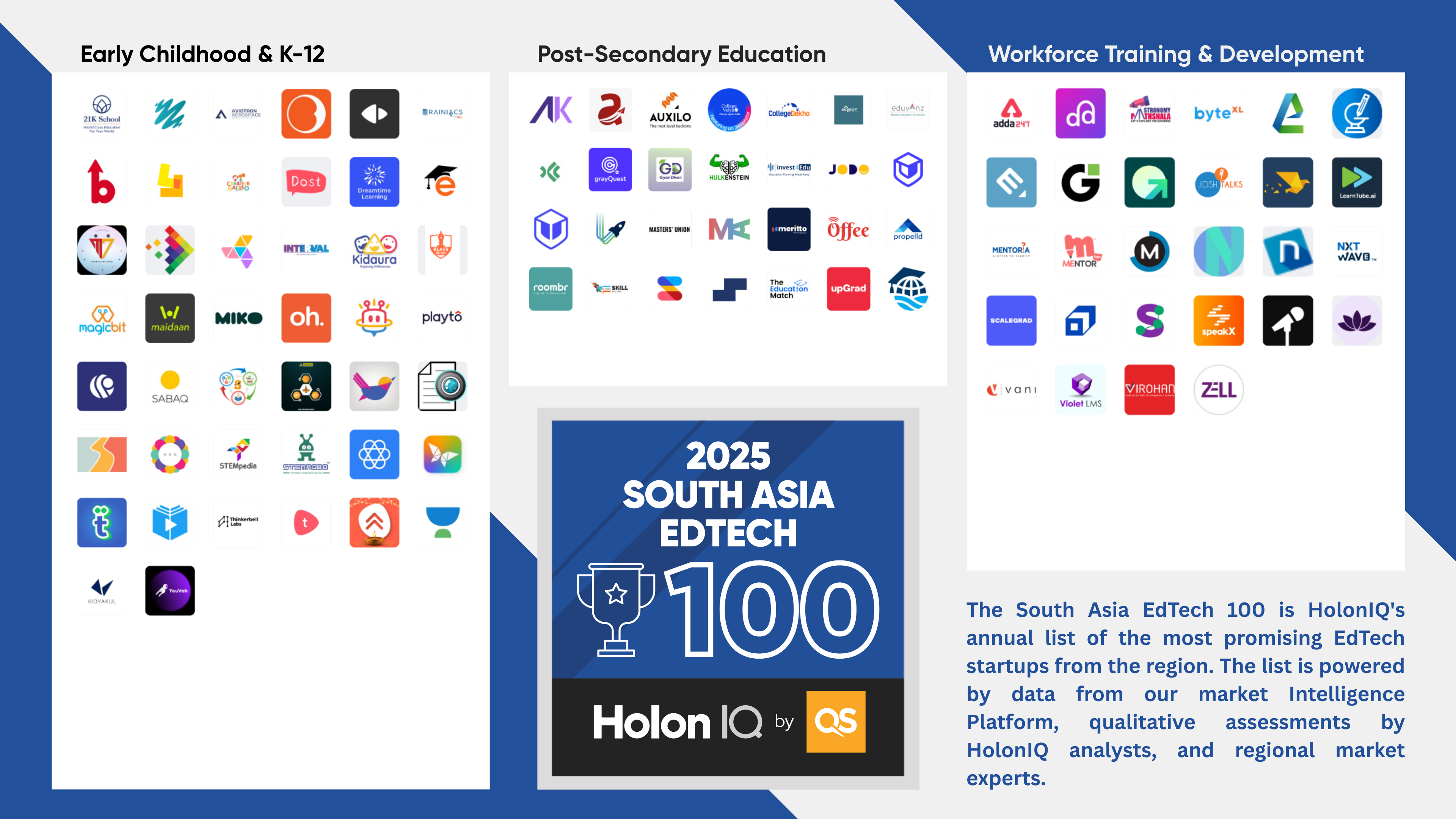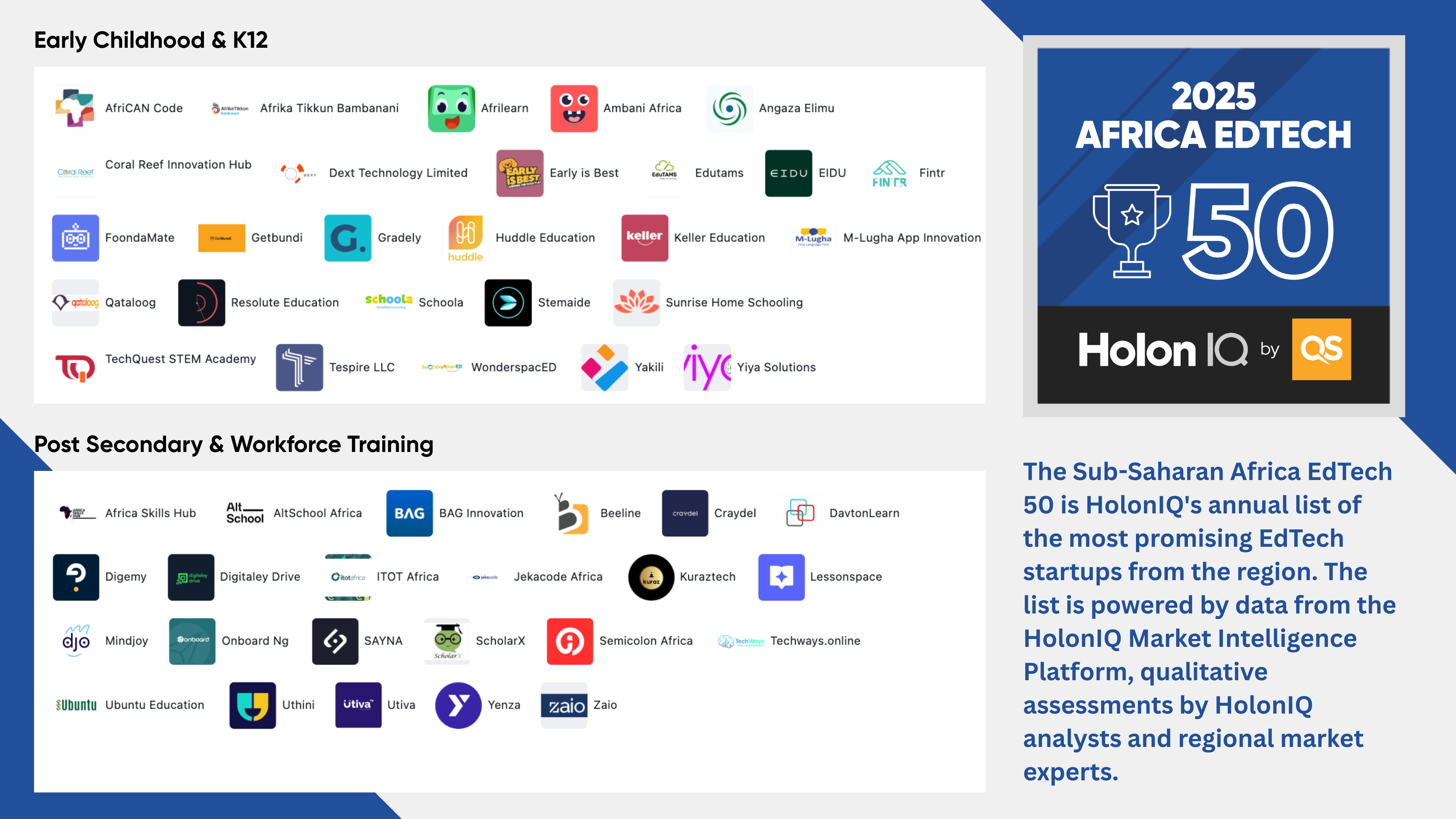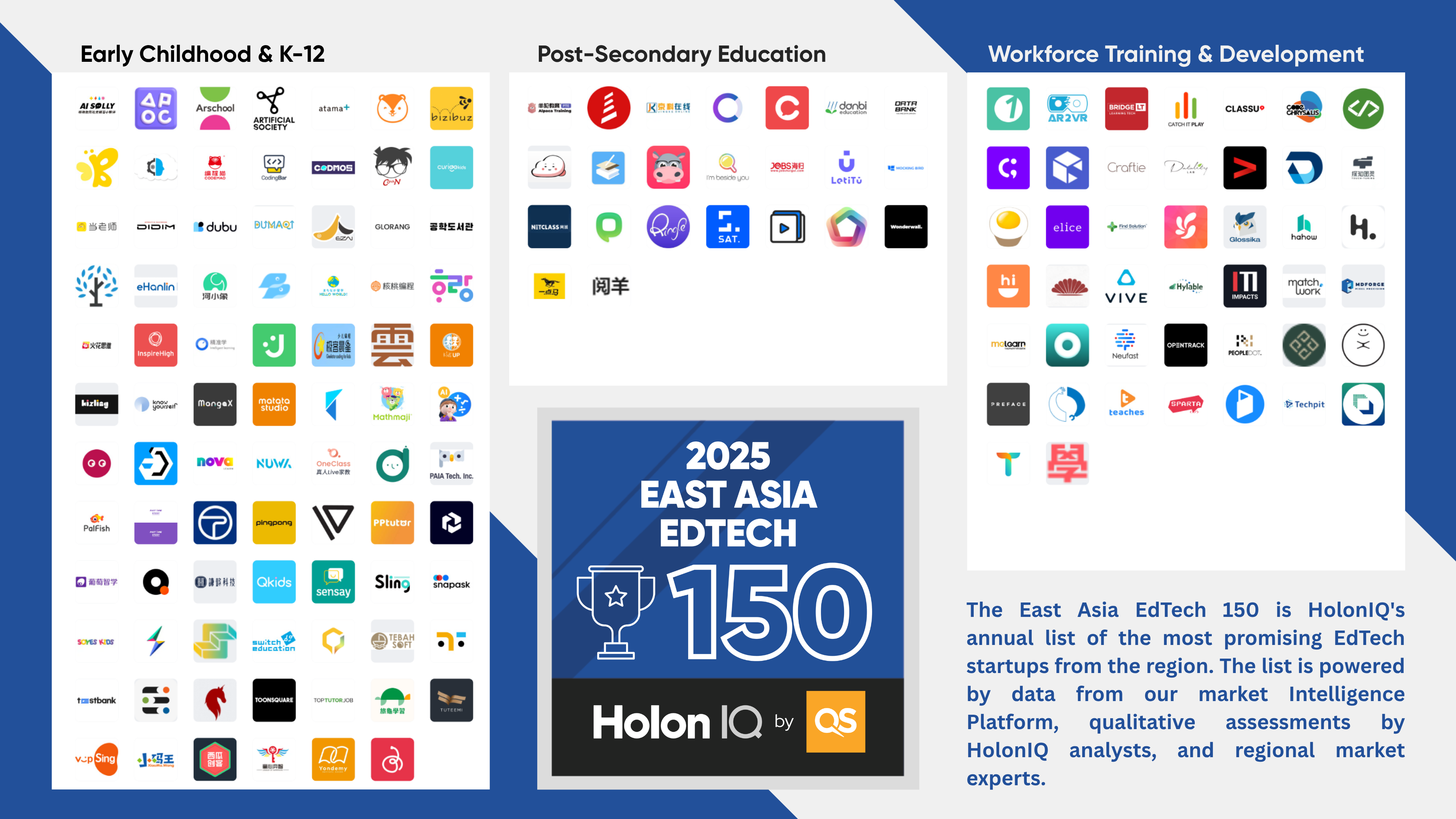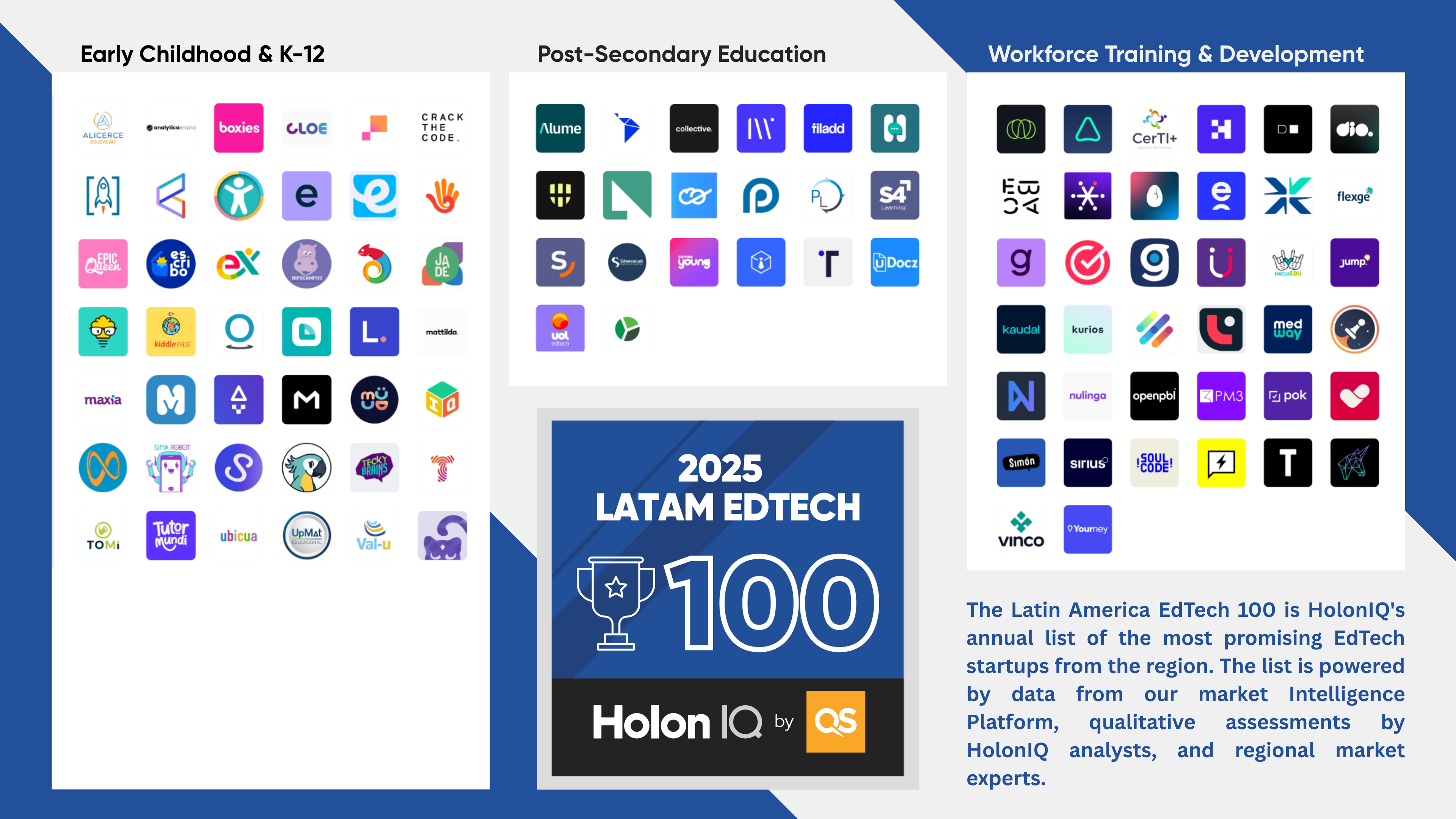MOOCs are morphing from a B2C higher education replacement to B2B partner and builder of digital ecosystems. The borderless digital market for ‘just-in-time’ skills and knowledge is highly competitive and represents a rapidly evolving part of the post-secondary education landscape.
The fourth webinar in our Higher Education Digital Transformation series took a fresh look at what’s been happening with MOOCs since they first hit the headlines a decade ago. The session examined the material changes to global education in recent years, and how MOOCs have been evolving and diversifying.
MOOCs and the Learner Lifecycle
From the perspective of a Higher Education institution, digital capabilities of a MOOC partner feature across all Dimensions of the learner lifecycle in the Higher Education Digital Capability Framework. Digital capabilities in ‘Demand and Discovery’, such as product strategy, digital marketing and student recruitment are an important factor, as is the ‘Learning Design’ dimension focusing on Curriculum Design and Digital Content/Courseware.













.png)







